

Elephant Species
There are mainly two species of elephants in the world: the African elephant and the Asian elephant. The two main species differ in size and physical characteristics but both live in herds of a few to a dozen and eat about 10% of their body weight every day. The Asian elephants are found in the Indian subcontinent and Southeast Asia, all the way from Nepal to Borneo.
The Population of Captive Elephants in Thailand
According to the UN, in the early 1900s, there were roughly 100,000 elephants in Thailand, both wild and captive. However, in the last several years, according to a study from Chiang Mai University, this number is
According to the UN, in the early 1900s, there were roughly 100,000 elephants in Thailand, both wild and captive. However, in the last several years, according to a study from Chiang Mai University, this number is estimated to be down to 6500 – 7500, around half of which are captive and half are wild (note: the exact number is always changing) (source). Currently, the International Union for Conservation of Nature considers Asian elephants as an endangered species, therefore, wild elephants in the country are protected by national law. But the story has been more complex for captive elephants that have been legally considered as livestock since 1939.
estimated to be down to 6500 – 7500, around half of which are captive and half are wild (note: the exact number is always changing) (source). Currently, the International Union for Conservation of Nature considers Asian elephants as an endangered species, therefore, wild elephants in the country are protected by national law. But the story has been more complex for captive elephants that have been legally considered as livestock since 1939.
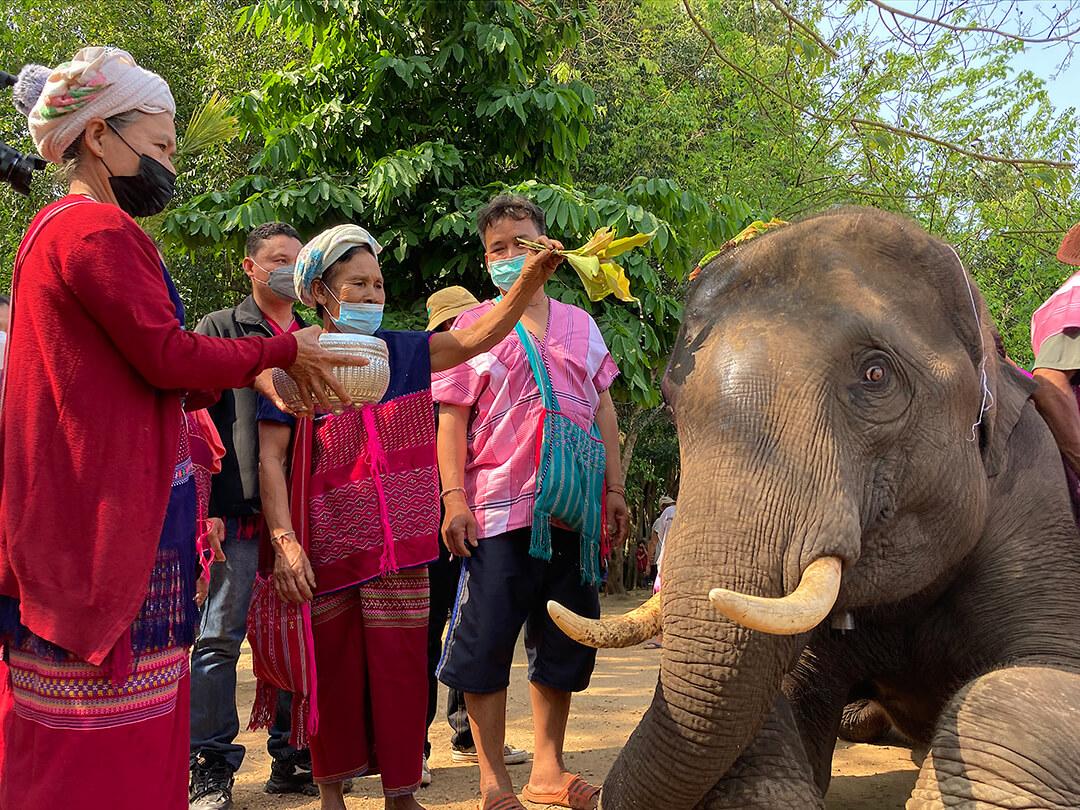
A Brief History of Captive Elephants in Thailand

Looking back to Thailand’s pre-modern history, elephants and the Thai people have a relationship that dates back to over hundreds of years. As an important means of transportation, manual labor, war, and also significant in Hindu and Buddhist ceremonies, elephants have always been an important animal in Thai culture.
Fast forwarding to the late 19th century, Western colonial powers sought teak wood in Thailand, particularly in the northern region. This was an
Looking back to Thailand’s pre-modern history, elephants and the Thai people have a relationship that dates back to over hundreds of years. As an important means of transportation, manual labor, war, and also significant in Hindu and Buddhist ceremonies, elephants have always been an important animal in Thai culture.
Fast forwarding to the late 19th century, Western colonial powers sought teak wood in Thailand, particularly in the northern region. This was an important endeavor for the colonial powers to continue building their ships to maintain naval supremacy in the world (source). Though one problem in the Thai logging region was that colonial companies could not use heavy machinery to transport the logs due to the highly mountainous terrain. As a result, they looked towards Thailand’s captive elephants and the ethnic minorities that have a special and historical relationship with elephants (source).
The large, strong, and intelligent creatures as well as their mahouts (elephant trainer, caretaker, and often owner), who were and still are largely ethnic minorities, became invaluable assets to the colonial companies and the emerging logging industry. But due to the dangerous and hard working conditions, many elephants and mahouts died from the job.
The tragedy was that captive elephants were used to help deforest and destroy their own habitat. All until logging was banned in Thailand in 1989, which suddenly left many captive elephants and their mahouts in the logging industry unemployed.
important endeavor for the colonial powers to continue building their ships to maintain naval supremacy in the world (source). Though one problem in the Thai logging region was that colonial companies could not use heavy machinery to transport the logs due to the highly mountainous terrain. As a result, they looked towards Thailand’s captive elephants and the ethnic minorities that have a special and historical relationship with elephants (source).
The large, strong, and intelligent creatures as well as their mahouts (elephant trainer, caretaker, and often owner), who were and still are largely ethnic minorities, became invaluable assets to the colonial companies and the emerging logging industry. But due to the dangerous and hard working conditions, many elephants and mahouts died from the job.
The tragedy was that captive elephants were used to help deforest and destroy their own habitat. All until logging was banned in Thailand in 1989, which suddenly left many captive elephants and their mahouts in the logging industry unemployed.
Moving into the Thai Tourism Industry
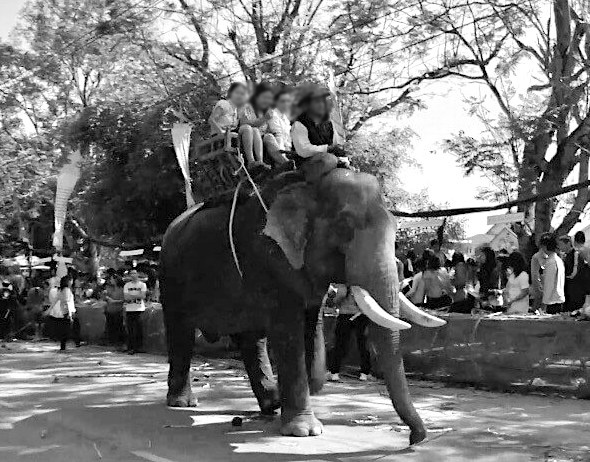
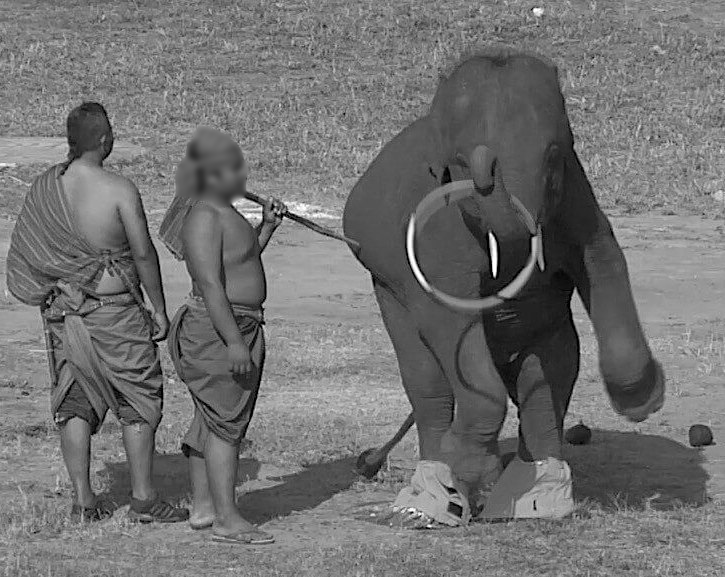
After the downfall of the logging industry, many captive elephants and mahouts found employment in the newly growing tourism industry. Instead of pulling heavy logs, captive elephants began to perform circus shows and carry tourists on their backs along the mountain trails.
As Thailand began to be a more desirable tourist destination, the number of elephant camps that organized these elephant circus shows and rides grew from 20 in 1995 to around 250 in 2017 (source). A clear sign that the elephant tourism industry was a lucrative sub-industry within Thai tourism.
However, in the last several years, there has been a gradual shift in the industry. Elephant entertainment and riding camps have slowly been changing their business models, where captive elephants can live a more dignified life without having to perform circus shows and rides.


The Elephant Tourism Industry During and After the Pandemic
In March 2020, when Thailand closed borders and imposed their national Covid-19 lockdown, the country’s tourism industry collapsed. The elephant tourism businesses began to face a financial crisis without revenue from tourists.
What ensued was food shortage that began to leave the thousands of elephants in the country malnourished and vulnerable to disease with little possibility for treatment (source). At the same time, the mahouts (elephant caretakers) were suddenly left with reduced income or even worse, laid off.
With the uncertainty of the length of lockdown, many owner-mahouts and their elephants returned to their homes in the countryside, some walking hundreds of kilometers to do so (source). (Note: in the Thai Elephant tourism industry, elephants are not always owned by the businesses but are leased from the owner-mahouts, who often come from communities in the remote mountains).
During this drought of tourism Lek Chailert and her team at the Save the Elephant Foundation played a crucial role to support the elephants and mahouts. Just in the first year of the pandemic, with the support of foreign donors, the foundation financially supported over 1800 captive elephants and 1300 mahouts.
Coming out of the pandemic and opening to tourists, Thailand’s elephant tourism industry does not seem to be what it was before. Many elephant businesses have shut down permanently, others have or are adopting a more animal-friendly business model, all the while many mahouts are refusing to return to the elephant camps with their elephants due to the hard working conditions and low wage.
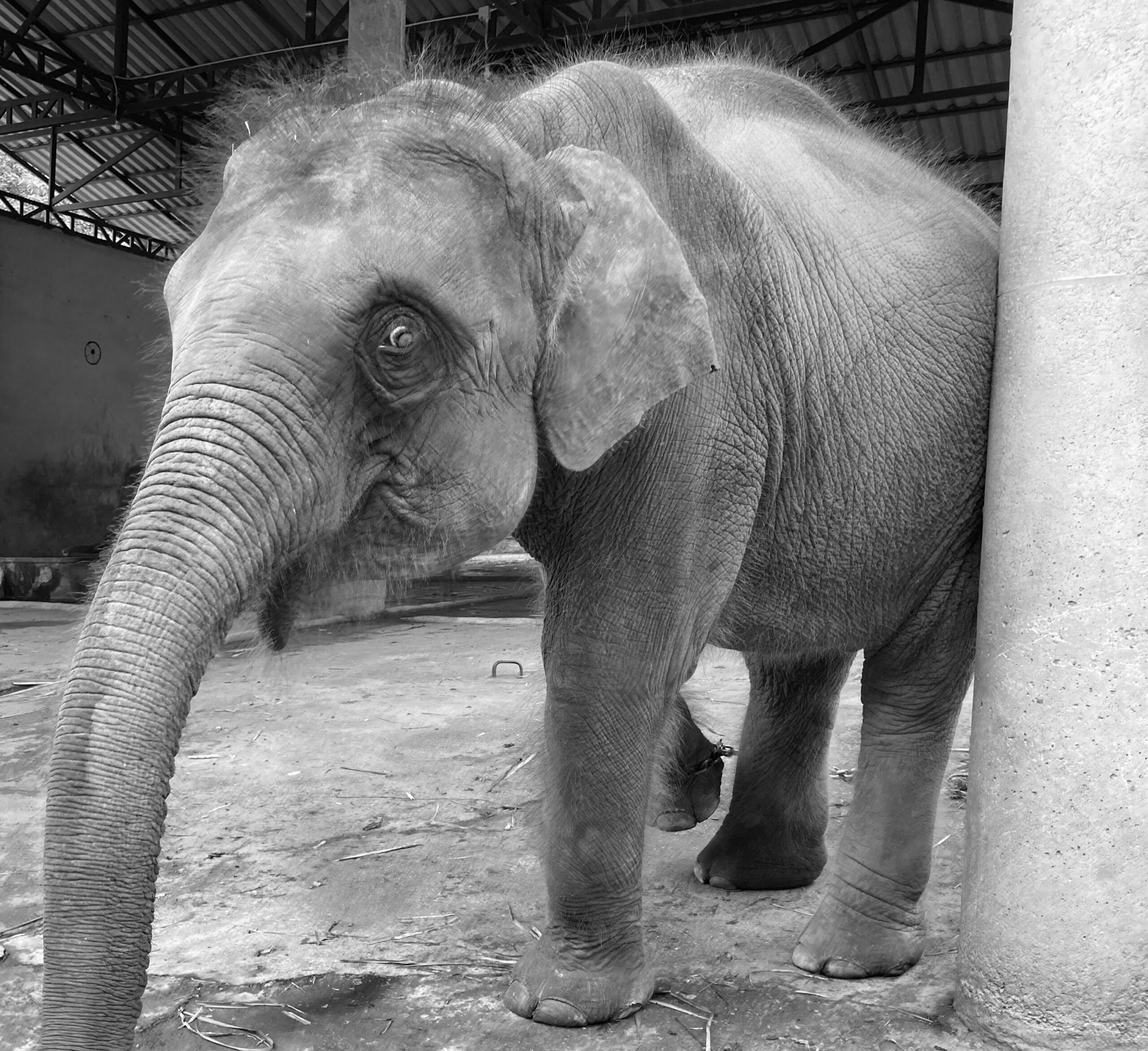
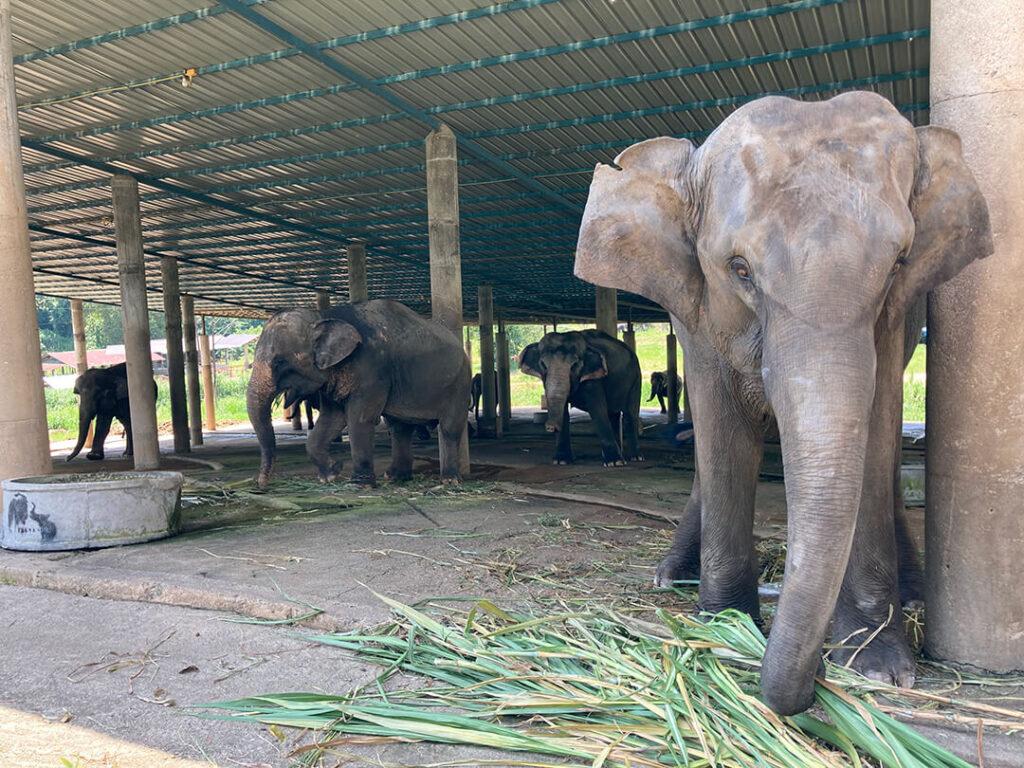
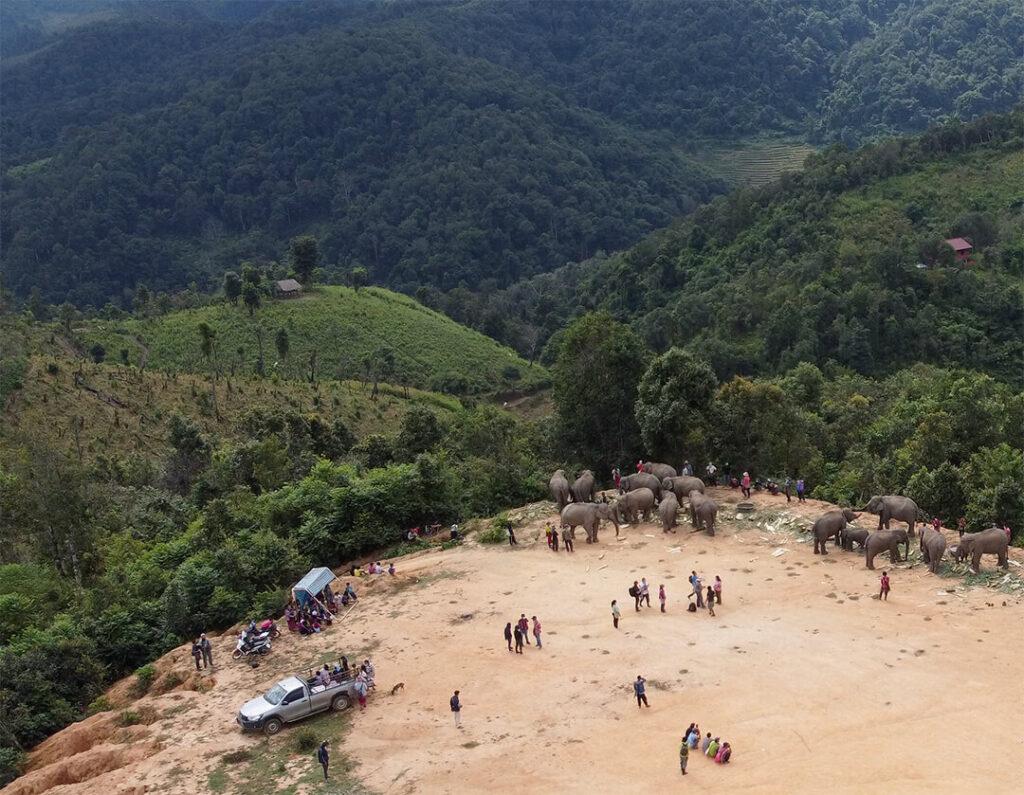
Please note:
The purpose of this page is solely to provide a brief factual summary about captive Asian elephants in Thailand. Issues regarding the ethics of animal abuse, forms of elephant tourism, and the industry in general have a complex cultural context, historical background, and socioeconomic nuance. Therefore, we believe it is up to the interested reader to research such issues themselves and come to their own conclusions.
Sources